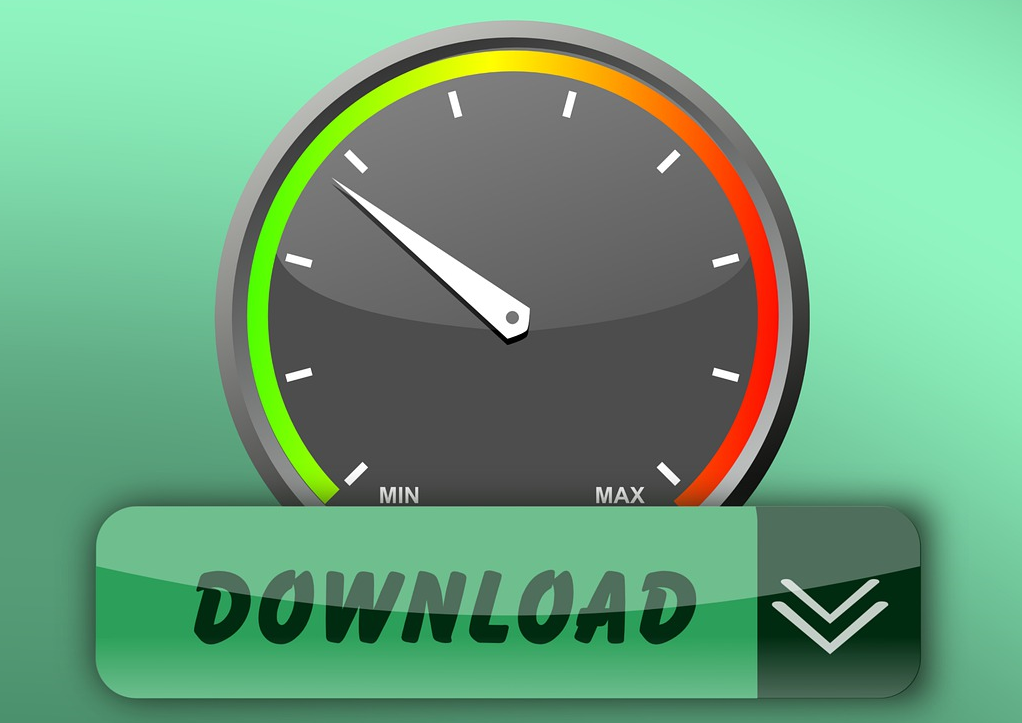2023 Website Design Trends – Part 4 of 4 – Trends in Technology
 How Emerging Technologies are Shaping Web Design in 2023
How Emerging Technologies are Shaping Web Design in 2023
The digital landscape is evolving rapidly, with new technologies revolutionizing web design. In 2023, businesses must prioritize speed, accessibility, personalization, and mobile-friendly design to stay ahead.
This article explores the top technology trends influencing web design, helping businesses create faster, smarter, and more user-friendly websites.
1. Prioritizing Download Speeds – Faster Websites for Better User Experience
Website speed is now a critical ranking factor for SEO and user engagement. With 5G networks expanding and users demanding instant access to content, slow-loading sites are no longer acceptable.
How to Improve Website Speed:
✔ Optimize images – Compress and use next-gen formats (WebP, AVIF).
✔ Minimize JavaScript & CSS files – Reduce unnecessary code and scripts.
✔ Enable browser caching – Store site data locally for faster repeat visits.
✔ Use a Content Delivery Network (CDN) – Serve content from distributed global servers.
Example: A law firm reduced page load time by 45% after optimizing images and enabling lazy loading.
2. Content Loading Optimization – Enhancing User Experience
Modern web design prioritizes seamless content loading to keep users engaged. Lazy loading and dynamic content loading allow faster interaction without full-page reloads.
Why Content Loading Matters:
✔ Improves user experience by loading elements as needed.
✔ Reduces initial page load times, keeping visitors engaged.
✔ Enhances eCommerce experiences with smooth product browsing.
Example: An eCommerce store improved cart conversions by 35% after implementing real-time product page loading.
3. Personalized Content Accessibility – AI-Driven Customization
Personalization is becoming a game-changer in web design. Websites now leverage AI and machine learning to tailor content based on user preferences, search history, and behavior.
How AI Personalization Works:
✔ Dynamically adjusts website content for each visitor.
✔ Recommends products or services based on browsing behavior.
✔ Customizes CTAs and messages for better conversion rates.
Example: A SaaS company saw a 50% increase in sign-ups after implementing AI-driven personalized landing pages.
4. Thumb-Friendly Mobile Navigation – Optimized for Mobile Users
With mobile traffic surpassing desktop, websites must prioritize mobile-first design. Thumb-friendly navigation ensures smooth browsing and interaction on small screens.
Thumb-Friendly Mobile Design Strategies:
✔ Place key navigation elements within thumb reach.
✔ Use large, tappable buttons for easy interaction.
✔ Simplify menus with intuitive dropdowns and collapsible sections.
Example: A finance app redesigned its mobile site, reducing bounce rates by 30% and increasing engagement.
Final Thoughts
The future of web design is driven by technology. Businesses that prioritize speed, accessibility, personalization, and mobile-friendly navigation will stay ahead in 2023 and beyond.
Key Takeaways
- Website speed optimization is crucial for engagement & SEO rankings.
- AI-driven personalization improves user retention & conversion rates.
- Content loading strategies enhance smooth browsing experiences.
- Mobile-friendly navigation is essential for improving accessibility.
Enhance Your Website with Inherent, Inc.’s Cutting-Edge Design Solutions
Want to implement the latest web design technology trends to boost performance?
Contact Inherent, Inc. today for AI-driven website design, speed optimization, and mobile-friendly solutions.

